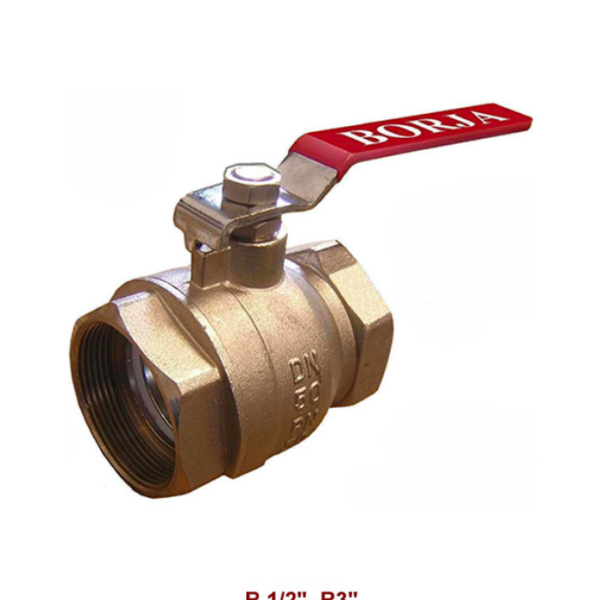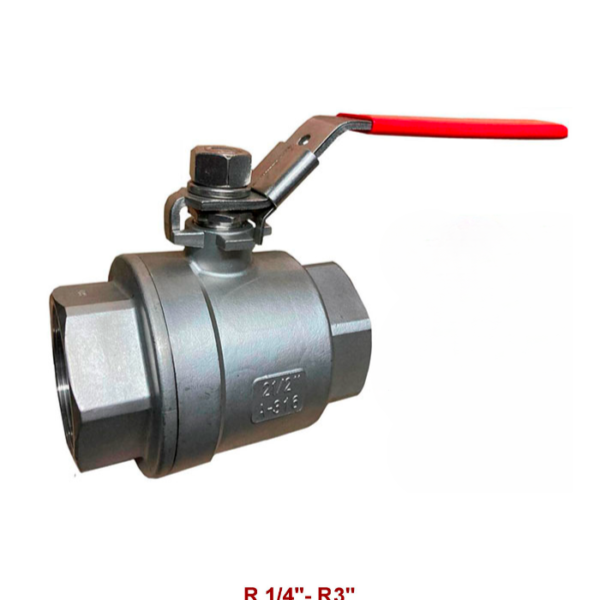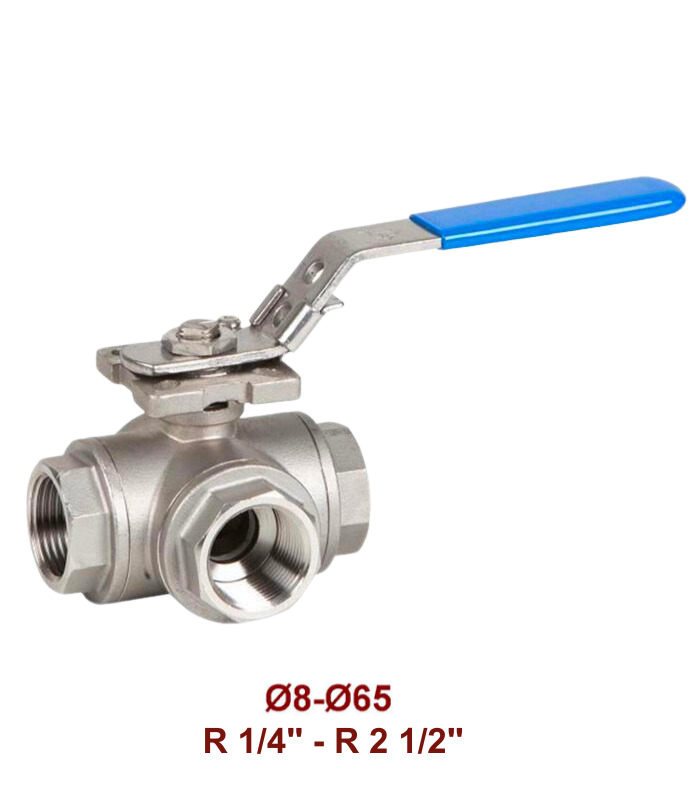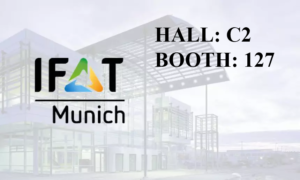Our three-way ball valve is used to control fluids, and the area through which they pass to cut, distribute and change the direction of flow in the network depending on whether it is type L or type T.
It has a main central body with a stainless steel ball with a hole and three pipe connectors, two on the sides and one in the center. Pipe connectors are welded or threaded to pipes, and these can be easily disassembled without interfering with pipe connections. The stainless steel ball is floating as it rests on the three PTFE (Teflon®) seats of the valve.
It has the same inner diameter as the pipe (full bore), low pressure drop, high performance, small size and weight, low torque and easy and fast opening and closing operation. It is characterized by a long service life and provides reliable tightness throughout it, even when the valve is not used for a long time. Therefore, it will be IMPORTANT to know the design of the ball hole of the central body to guarantee the desired flow rate, since the ball holes can be in different positions.
The L type valve can only direct the flow through 90 degrees or close it completely. This valve has a 90º orifice inside the ball that is in the central body, hence the name type L. The type L ball valve can have the handle at 90º or 180º. The one with a 180 degree turn allows both inlets to be disconnected from the outlet, and thus there is no flow.
The T-type valve’s main function is to change the flow direction of the medium or divide the medium into two independent directions. It is called a diverter valve because it allows the medium to flow from one input connector and then exits through the other two output connectors, or it is also called a mixing valve because it allows the medium to flow from two input connectors and then exits through the other output connector. which serves to mix the medium. You can direct the flow any way you want, but you can’t shut it down completely.
The standard construction is based on ISO 5211 and with a handle. We offer options with motorized actuators for all steps (single-phase electric and double or single-acting pneumatic). The base of our valve complies with the international standard ISO 5211, which specifies the requirements for attaching part-turn actuators to industrial valves. These actuators are a reliable method of controlling the valve from a remote location. Actuators can be mounted on the valve for fail-open (the valve is always open if the actuator fails), or fail-close (the valve is always closed if the actuator fails).
Being made of stainless steel, it is very durable and has very good resistance to wear, temperature, pressure and the chemistry of many aggressive agents.











